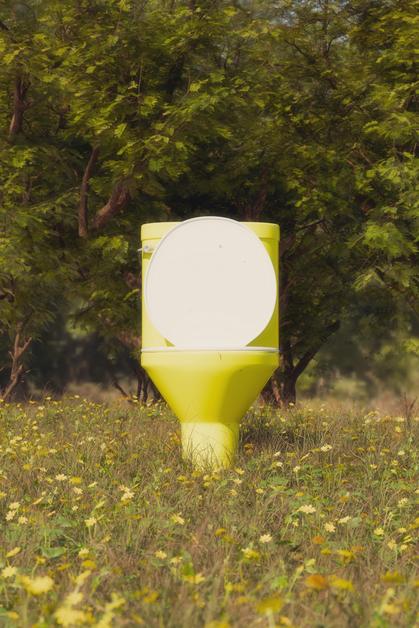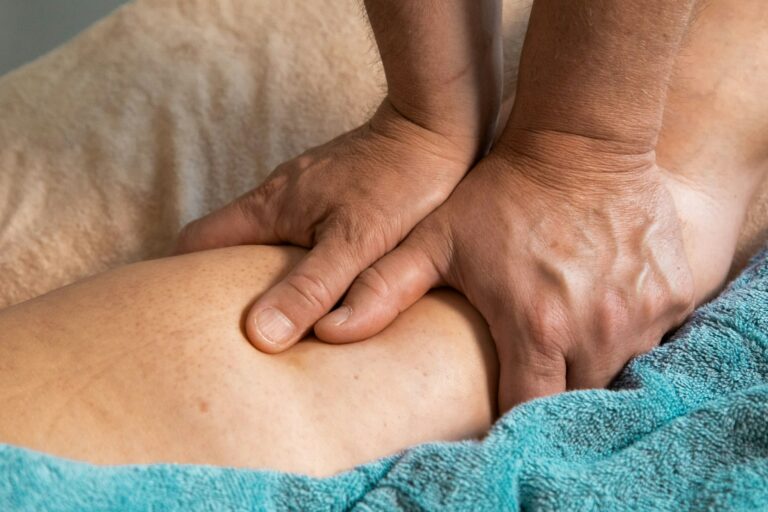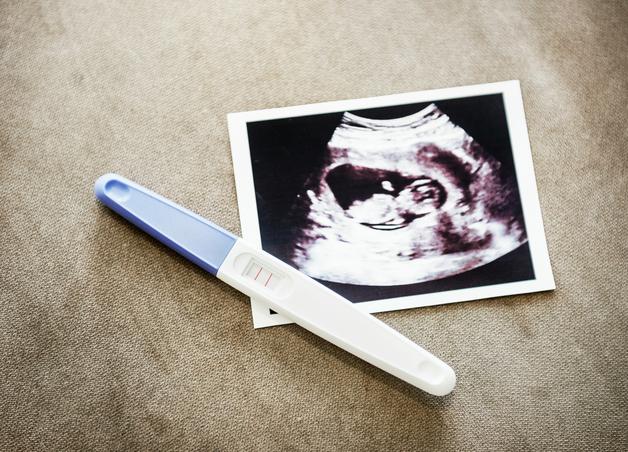Childbirth—by its very nature—is unpredictable. Sometimes the journey unfolds smoothly, and sometimes a twist calls for unexpected support. When discussions around Obstetric forceps arise, many parents find themselves swept by a surge of questions: Will my baby be safe? Is the procedure painful? What if things do not go as planned? These worries are entirely human. With clarity and compassion, let’s untangle these concerns and equip you with medical insights, practical tips, and a touch of reassurance. From the anatomy of forceps to safety, recovery, and alternatives, you will find thoughtful answers anchored in both science and parental realities. Yes, childbirth is a leap into the unknown—but knowledge brings light.
Understanding Obstetric Forceps: Structure, Design, and Medical Context
What do Obstetric forceps look like? Imagine two smooth, stainless steel blades—each specially curved, working together like gentle, elongated spoons, coming together through a lock to cradle a newborn’s head. The contours are not accidental: medical engineering refined their shape to distribute pressure evenly, minimising injury risk.
Several types exist:
- Simpson blades—long and soft-edged, crafted for “low” or “outlet” deliveries.
- Kielland pair—reliable for rotation, especially when the baby’s head is not facing the right direction.
- Piper forceps—favoured for less common positions like “face” or “chin” first.
- Wrigley’s forceps, smaller, ideal for premature or very delicate infants.
Specialised forms—parallel-branch or crossed-branch—are sometimes chosen when the pelvic structure or fetal orientation calls for surgical precision.
Why this diversity? No two births are identical. This array allows Obstetric forceps to match the distinct clinical moment, prioritising maternal and neonatal safety.
When and Why Obstetric Forceps are Used
Pregnancy and labour rarely follow a script. Sometimes, Obstetric forceps offer the best chance for a safe and swift delivery. Typical scenarios include:
- Labour stalling: The baby’s head isn’t advancing through the pelvis, even after pushing.
- Fetal distress: The baby’s heart rate pattern is worrisome, raising alarms about oxygen supply.
- Maternal exhaustion: Severe fatigue, high blood pressure, or preeclampsia makes continued pushing unsafe.
- Prematurity: A quicker birth is safer for fragile infants.
Every decision to use forceps is careful—never routine. Before proceeding, your doctor will explain:
- Why forceps are suggested now
- What risks and benefits come with their use
- How your preferences will be included in the plan
Along every step, your comfort, safety, and ability to make choices are respected.
The Step-by-Step Process of Forceps Delivery
Ever wondered what exactly happens when Obstetric forceps are used during childbirth? Here’s the sequence:
- Cervix must be fully dilated—no shortcuts.
- The membranes must be ruptured.
- Detailed assessment of the baby’s position—often confirmed with a bedside scan.
- The head should be “engaged” in the pelvis, and aligned correctly.
- Pain relief—epidural or local anesthesia—is offered.
- Positioning and preparation—sterile conditions are essential.
During the procedure:
- The first blade slides softly along one side of the infant’s head.
- The second follows, then the lock closes—each action coordinated and checked.
- Gentle traction matches the mother’s natural contractions; no abrupt movements.
- Once the baby’s head emerges, the forceps are removed. The baby is held and examined instantly.
Throughout, the team—doctor, nurse, and anesthetist—will check your well-being and involve you in decisions whenever possible.
Obstetric Forceps, Vacuum, and Spatula: Key Differences
You may hear about alternatives: vacuum extraction or spatula deliveries. What sets them apart from Obstetric forceps?
- Vacuum uses a soft cup attached by suction to the baby’s scalp; this frequently results in a harmless, temporary swelling called “chignon.”
- Forceps guide the head more directly and are valuable when precise rotation or firmer control is needed. They are also essential in emergencies when every second matters.
- Spatulas are two separate blades, offering minimal traction but gentle guidance—particularly suited to premature or more delicate babies.
The right tool depends on the situation: baby’s position, gestational age, maternal health, and also sometimes your personal preferences.
Risks of Forceps Delivery: Balanced, Evidence-Based Perspectives
For Mothers
- Perineal tears or lacerations: Some mothers may need stitches or even an episiotomy (a small cut to help the baby pass).
- Pain and discomfort around the perineum, sometimes lasting for a few days or more.
- Infrequent but possible: pelvic floor injury or postpartum bleeding; modern hygiene and medical technique help prevent infections.
- Physiotherapy for pelvic floor strengthening—common advice to support future comfort and well-being.
For Babies
- Red marks or bruises where the forceps made contact—usually fade within days.
- Occasionally: minor cuts or a small swelling (hematoma).
- Very rarely: facial nerve weakness, which almost always recovers quickly.
- Exceptionally: injury to skull bones or other complications (minimised by skilled practitioners).
Overall, research confirms that with experienced hands and careful checks, Obstetric forceps remain a safe, respected choice in the right circumstance.
Medical Alternatives to Forceps Delivery
Sometimes forceps may not be the preferred approach. Other options include:
- Vacuum extraction —a gentler suction-based method well-suited to certain positions.
- Spatulas —rarely used but valuable for preterm or fragile newborns.
- Caesarean Section—considered when neither instrumental nor vaginal birth is recommended.
- Boosting the mother’s efforts—adjusting position, using medications like oxytocin to strengthen contractions.
Discuss these routes thoroughly with your healthcare team. Transparency leads to peace of mind and a deeper sense of control.
Preparation and Prevention: Building Confidence Before Birth
What boosts confidence and lowers the chance of interventions?
- Early risk detection through routine checkups and monitoring.
- Prenatal classes: Knowledge is power—these sessions demystify childbirth and instruments like Obstetric forceps, reducing anxiety.
- Practicing perineal massage and gentle workout routines in late pregnancy—can help tissues stretch and lower tears.
- Open conversations: Bring every question or worry to your OB—no query is too small or insignificant.
Proactive steps set the stage for empowerment and active participation in the birthing process.
Recovery and Aftercare Post-Forceps Delivery
Recovery, for mother and child, unfolds in stages.
- For mothers: Hygiene, local cooling, and pain relief, plus pelvic floor exercises—these aid healing and prevent future issues.
- If you feel persistent discomfort or emotional distress, don’t hesitate to reach out. Psychological support and parent groups are lifelines.
- For babies: Regular checks for feeding and development, as well as special attention to any temporary marks or swelling.
Supportive follow-up ensures the long-term comfort and health of both mother and baby. Each journey has its own tempo—patience and trust are your allies.
Obstetric Forceps: History, Regulations, and Scientific Advances
Tracing back to the 16th century, the design and use of Obstetric forceps revolutionised assisted delivery. Famously hidden by the Chamberlen family, later improved by medical pioneers, the instrument transformed from secret tool to established medical ally. Today, regulations mandate that only specially trained doctors perform forceps deliveries—always emphasising respect, open consent, and continual education.
As science evolves—digital training, regular skill evaluations, and simulation exercises—safety is always the guiding compass. Vacuum extraction may be more popular now, but Obstetric forceps keep their place in challenging, urgent scenarios.
Key Takeaways
- Obstetric forceps offer a medically respected, time-honoured pathway for assisted vaginal delivery when progress slows or complications arise.
- Well-chosen instruments and techniques, strict hygiene, and continuous maternal–foetal monitoring ensure optimal safety.
- Alternatives like vacuum extraction or caesarean remain available and may better fit specific scenarios.
- Early preparation, conversations, and trust in your care team increase safety and reassurance.
- Professional guidance brings peace of mind; each parent deserves both honesty and empathy during childbirth.
- For ongoing information and personalised medical tips—including free child health questionnaires—download the application Heloa.
Questions Parents Ask
Can the use of obstetric forceps affect future pregnancies or deliveries?
Worrying about future impact is common. Usually, forceps-assisted birth doesn’t stop future vaginal deliveries or cause long-term trouble. If big tears happened, pelvic floor exercises help with comfort for next times. Future plans are discussed personally, fitting your history and wishes. Discuss anything with your care team—they’ll shape the plan for you.
Are there any ways to reduce the chances of needing forceps during childbirth?
Some factors can be influenced, some cannot. Still, attending prenatal classes, staying fit with safe exercise, and learning relaxation techniques may make labour smoother. Sometimes, unexpected twists mean assistance is safest—these tools are here to help if they’re needed. Your team will always listen to your preferences as much as possible.
Is the baby awake or affected by pain when forceps are used?
It’s natural to worry about your baby. Rest easy: newborns don’t feel pain from Obstetric forceps the way adults do. There might be slight marks or swelling, but this goes away soon and causes little discomfort. Your caregivers will check baby’s health closely at every step, acting quickly at the first sign of need.









